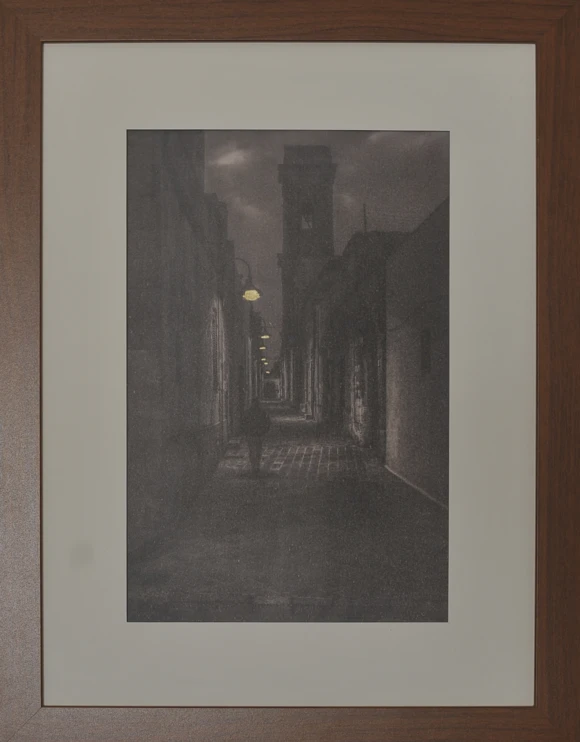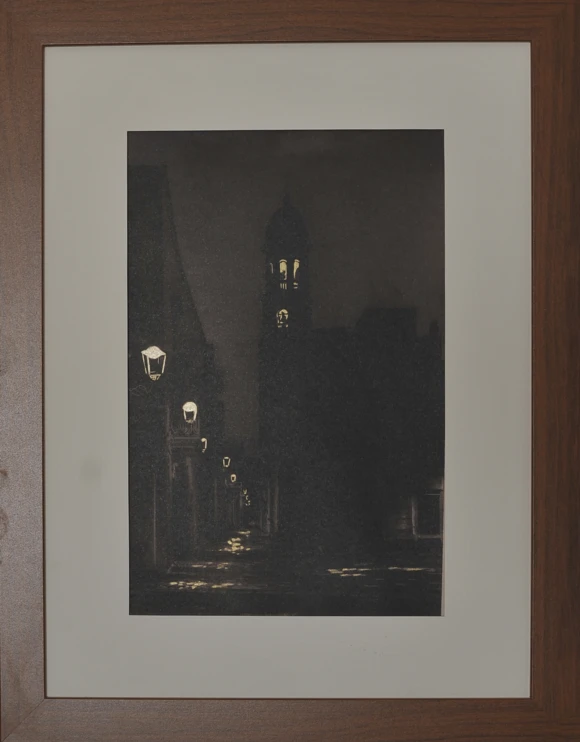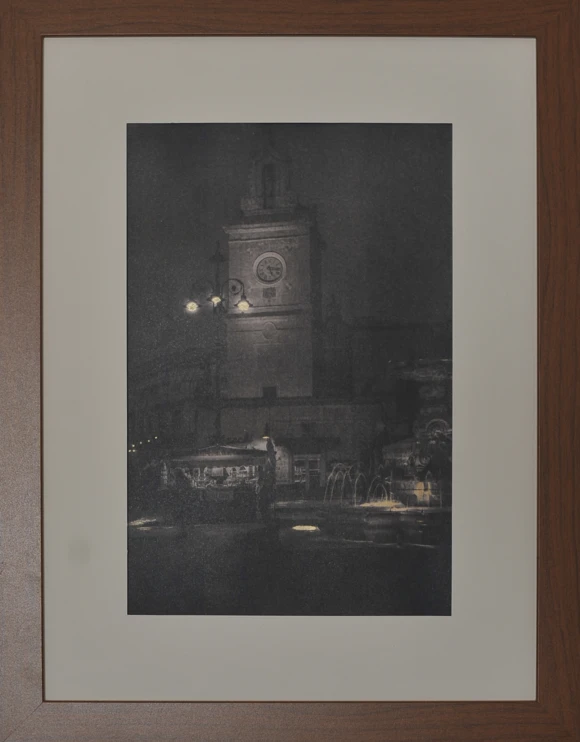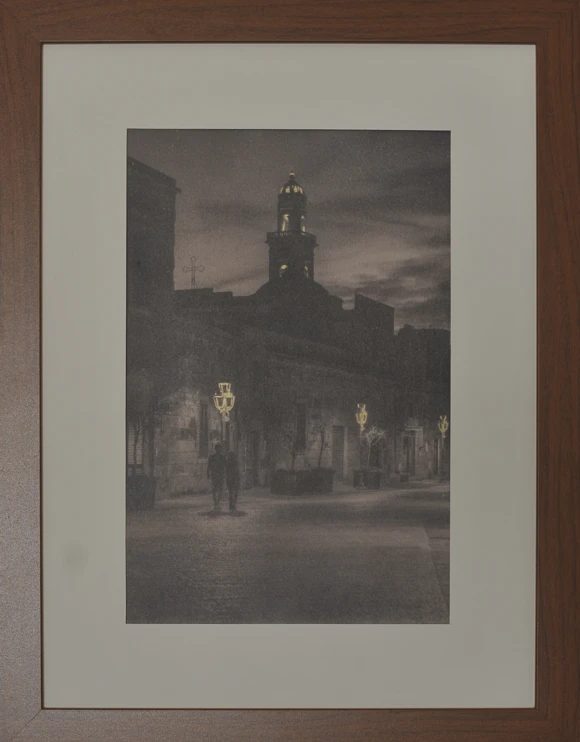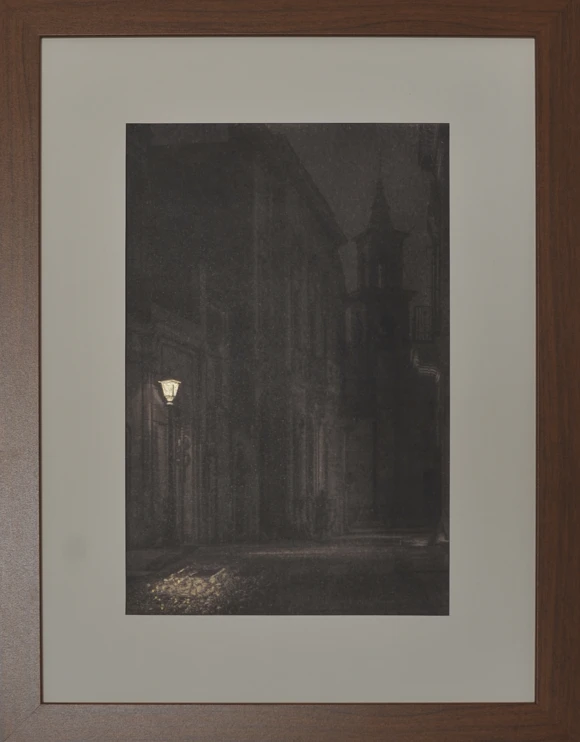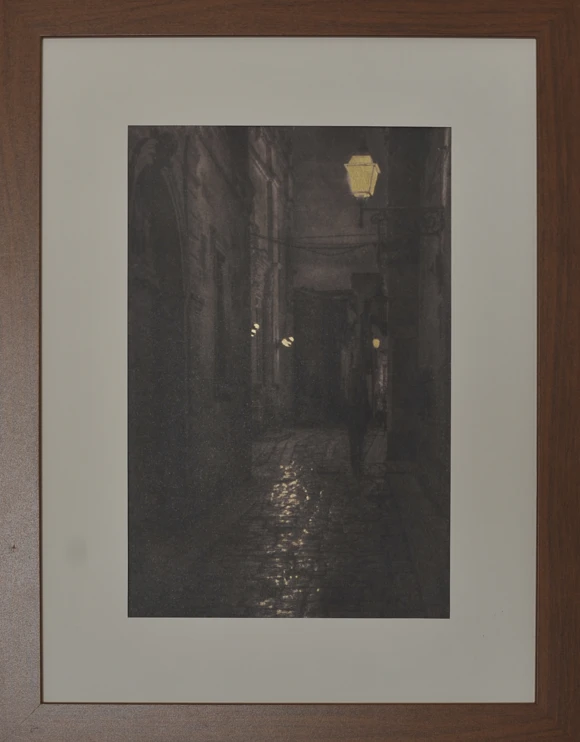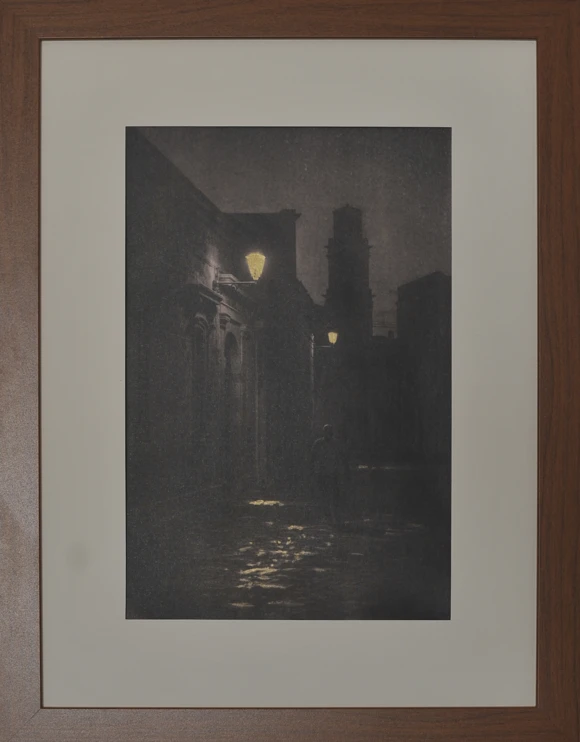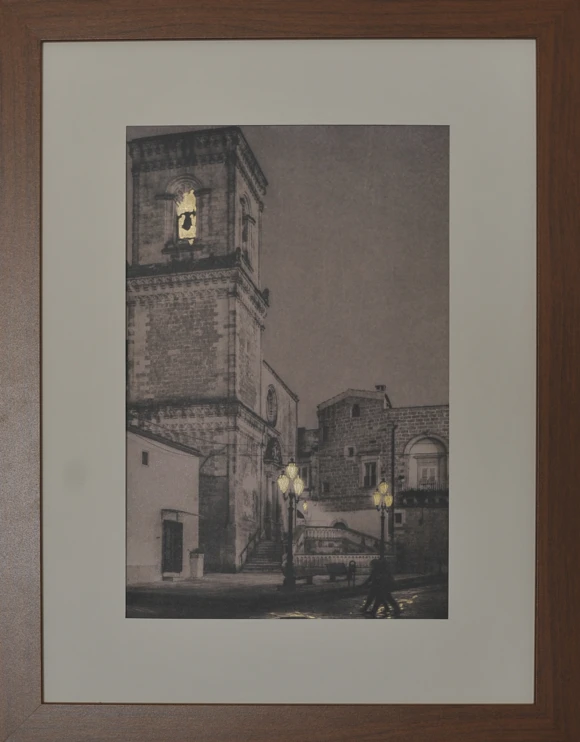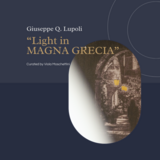
Light in MAGNA GRECIA
About
Within this exhibition, Giuseppe Q. Lupoli aims to create unique artworks with multiple and different meanings. The cyanotype or blue printing tecnique – that had its origin during the XIX century – here is applied with a particular variation: it takes on the tone of the Puglia Region area, through a color shift and additional painted intervention. The light, meeting each subject of the composition, becomes matter as tangible as a building, a square, or a street crossed by a passerby.
Through his gaze, the artist creates works that have the power to transform when they come into contact with external bodies, revealing their hidden characteristics. All the places depicted were historically connected to the Magna Graecia, a territory that still holds traces of ancient peoples, and are analyzed in their evolving metamorphosis.
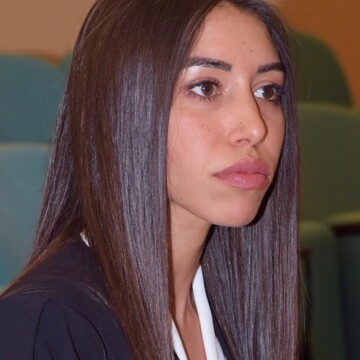
Viola Moschettini
Curator
Viola Moschettini is a young Italian professional, born in 1992. Already active in London since 2019, she currently lives and works in Milan as Art Curator and Exhibition Registrar. With a background in law from the Faculty of Economics and Law at the Università Cattolica del Sacro Cuore, she moved to UK, where she worked at the British Museum and collaborated with art galleries such as CLUSTER LONDON and Bow Arts. After returning to Italy, she collaborated for several months as Gallery Manager and Personal Assistant with the Amedeo Modigliani Foundation. Among her recent projects, in summer 2024, she curated the “Light in MAGNA GRECIA” project among the cultural initiatives “Cortili Aperti” and “Notte Verde,” in collaboration with Italian institutions from the Puglia Region and sponsored by the companies Pitardi Cavamonti and Kloris Design. In May 2024, she also organized and curated the “Corte dei Salentini: Artist Residency” project (under the patronage of the institutions and the Museums of Lecce and sponsored by Mediolanum Bank and companies WovLabs, Salentoeat, and Pitardi Cavamonti) and, in March 2024, the research workshop “Demonology through the ages: beliefs, ideas, material and visual culture” in collaboration with the Institute of Historical Research of the University of London and its IHR History Lab.
